Home to one of the seven wonders of the world, Peru draws attention from travelers all over the world. However, not just Machu Picchu, this South American country has several other fascinating places scattered across its length and breadth. For designing your Peru travel itinerary, consider this compilation of the best places to visit in Peru.
We collaborated with our fellow travel bloggers to curate this list. From bucket list destinations to offbeat places, from historic towns to ultimate nature adventures, from Andes mountains to Amazon jungle, this list covers a wide spectrum of the best destinations in Peru.
Cusco
Contributed by: Heather of Conversant Traveller. You can also find her on Facebook.
Cusco is the gateway to the Peruvian Andes, and a jumping off point for visiting Machu Picchu. The city is a UNESCO World Heritage Site, filled with steep cobbled streets against a beautiful mountain backdrop. This former Inca capital makes a great base for exploring the Sacred Valley and its archaeological ruins. There are enough day trips from Cusco to keep you busy for weeks, but there is also plenty to see in the city itself.
Visiting the Plaza de Armas should be your first stop in Cusco. Surrounded by beautiful arcaded buildings with wooden balconies, the square is home to the 16th century Cusco Cathedral. It is full of artwork, silver and legends.
History enthusiasts should head to the Korikancha, one of the most important Incan sites in Peru. The temple was dedicated to the sun god and today is a popular stop on tours. Release your artistic vibe in the quaint streets of the colourful San Blas district, where colonial houses and trendy bars reside side by side.
The weather is best between June and September when it is dry and not too cold. Just bring some layers and give yourself a day or two to acclimatize to the altitude.
Further reading: Best Things to Do in Cusco
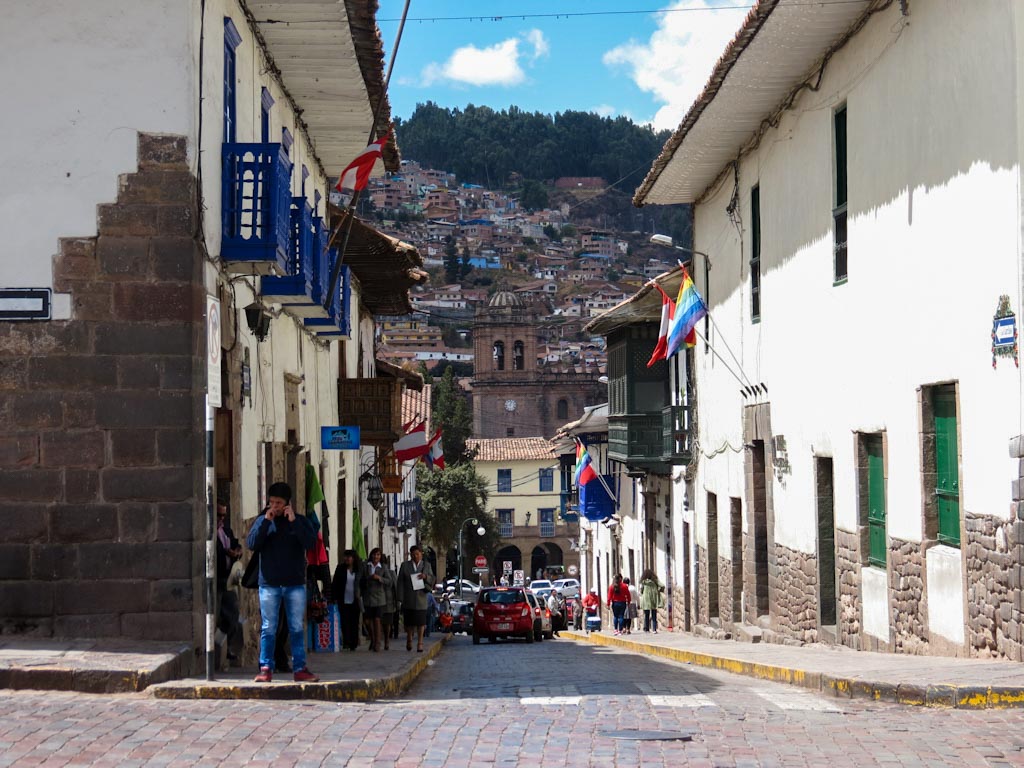
Machu Picchu
Contributed by: Stéphanie of Bey Of Travel. You can also find her on Instagram.
Machu Picchu has been voted one of the new 7 Wonders of the World, making it a must-visit for all travelers in Peru! The majestic ruins were built by the Inca Empire and are located in the scenic Andes mountain range, surrounded by beautiful cloud forests and mountain scenery.
Machu Picchu is only accessible from the city of Cusco, which you can reach by bus or by air.
The busiest time of year to visit Machu Picchu is between July and October, when the weather is typically dry and pleasant. If you are planning your Machu Picchu travel for this period, prepare for crowds and make sure to book tickets and tours well in advance.
There are several ways to visit the Machu Picchu. The most popular way for adventurous travelers to reach Machu Picchu is the famous Inca Trail. The Inca Trail takes you on a four-day trek through the mountains and directly to the ruins. You can also consider the strenuous five-day Salkantay trek for incredible high-altitude scenery, or the four-day Lares trek for stops in local Andean communities.
You can also book a shorter tour of Machu Picchu as part of an independent vacation. Just about every travel agent in Cusco can book a day or overnight trip from there to Machu Picchu.
Further reading: Huayna Picchu Hike
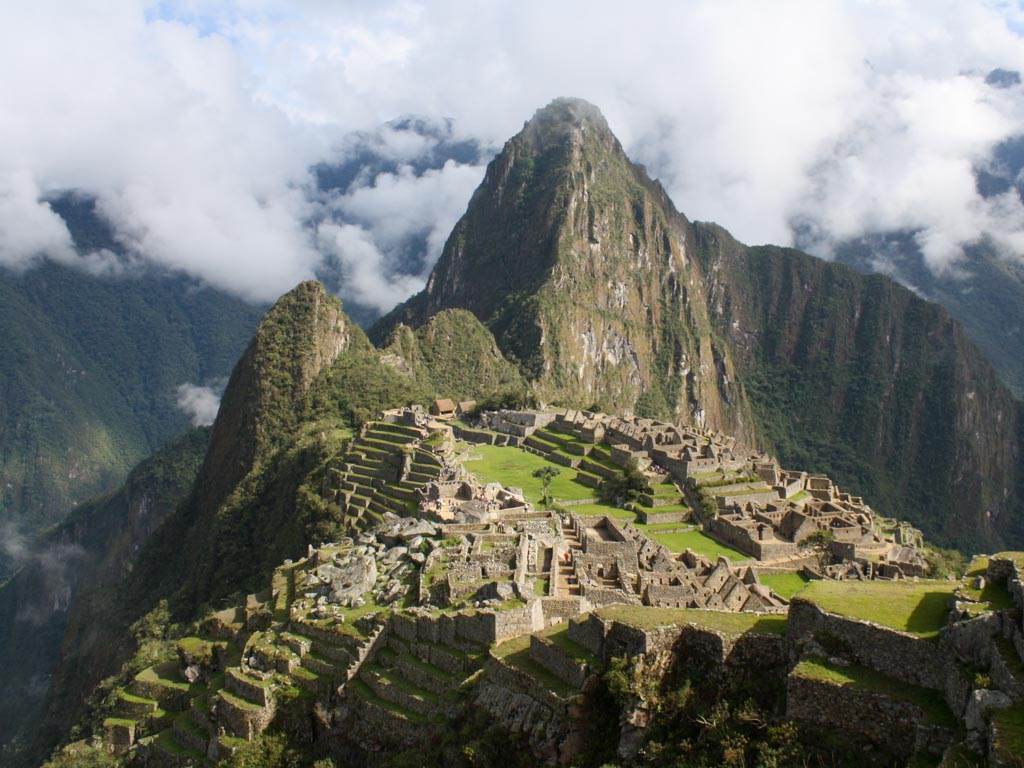
Sacred Valley
Contributed by: Clotilde of A Princess Travelling with Twins. You can also find her on Instagram.
A visit to the Sacred Valley is an obligatory stop on any tour of Peru. Many people decide to stop in Cusco and from there participate in daily tours that take visitors to the places of greatest interest. But the ideal is to dedicate 3 or 4 days to this area rich in history and culture.
Once you arrive in Cusco, nothing could be simpler than renting a car and moving independently between the villages of the Sacred Valley, using Urubamba as a base. Urubamba is quite large and offers several hotels and restaurants, but still maintains a very authentic atmosphere. From Urubamba, all the other villages can be reached fairly quickly, between 45 and 90 minutes.
You can start with spending a day between Moray and Maras. Another day can be dedicated to visiting Ollantaytambo and the ruins of the fortress that dominate the town, and Urubamba itself. Finally, Chinchero and Pisac with their colourful markets and ruins that require a little extra effort can take up another day. In this way you will have the opportunity to get a more local flavor of Peru.
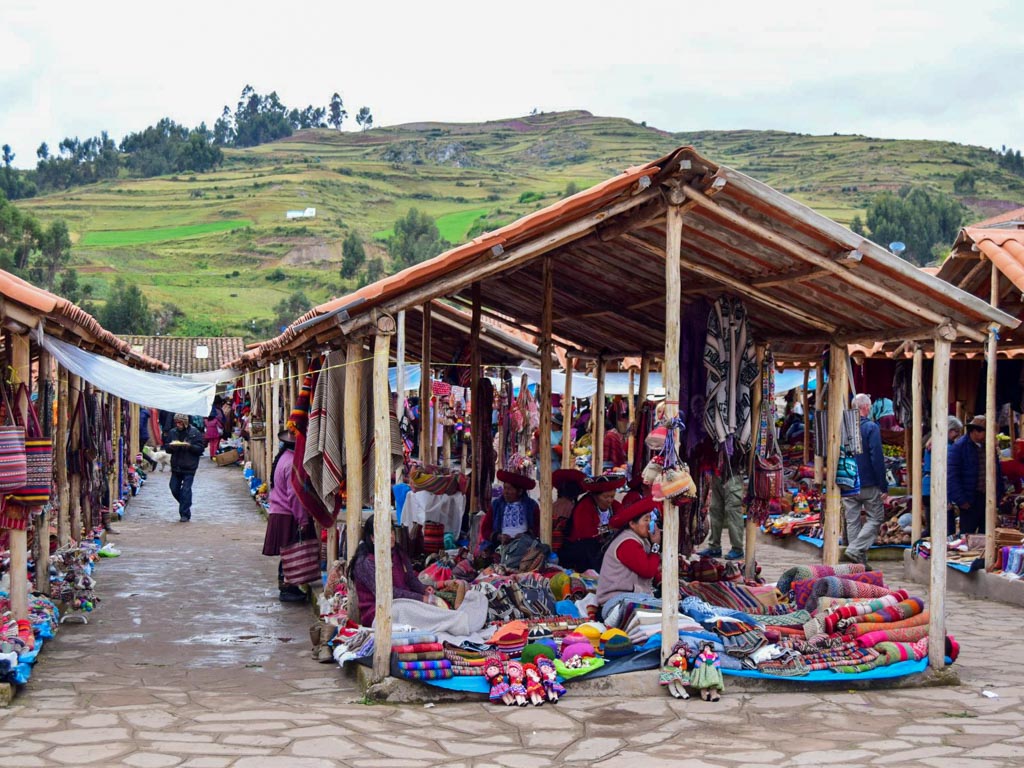
Pisac
Contributed by: Carley Rojas Avila of Home to Havana. You can also find her on Instagram.
Part of the Sacred Valley outside of Cusco, Pisac is much more than just another impressive Incan ruin to visit. A visit to Pisac also means the chance to visit one of the best markets in Latin America, enjoy some incredible scenery, and learn more about this unique Incan site all at once. Less than an hour outside of Cusco, Pisac makes for a perfect day trip.
The ruins at Pisac are some of the most extensive and impressive in the Sacred Valley. They include both the terracing of the hillside, commonly seen in Incan construction, as well as several dwellings and structures located higher on the hillside. You will definitely get up close and personal with some of the incredible masonry and perfect stonework that the Incans are so well known for. While the ruins are easily accessible, climbing to the top can be a bit of a hike, especially if you are not used to the altitude yet. But the view is gorgeous from every vantage point.
After hiking the ruins make sure to visit the market. This market is a fantastic example of a traditional market catering to locals where you will see hundreds of varieties of potatoes and other fruits and vegetables, as well as traditional weavings and other indigenous handicrafts.
Nearby there are several beautiful lodges and historic hotels to choose from if you have the time in your itinerary to make a visit to Pisac more than just a whirlwind tour of the Valley.
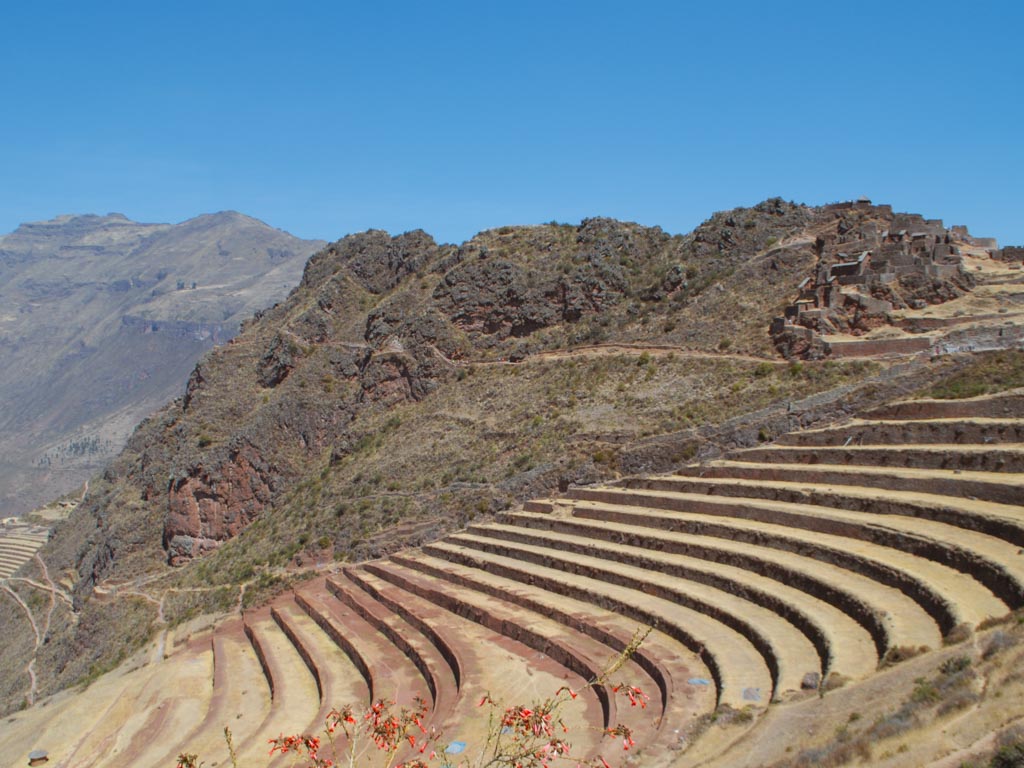
Maras Salt Mines
Contributed by: Paula of Paula Pins the Planet. You can also find her on Instagram.
With well-preserved ancient ruins, stunning landscape and towering mountains, Peru will just surprise you in so many ways. One of the best places to visit in Peru is the Salinas de Mara, or Maras Salt Pans. You can take as a half-day tour from Cusco or as a full-day and include in your list of best places to hike in Peru.
The Salinas de Mara consist of a large number of watered terraces, creating depression in the earth, which is used to collect salt by evaporation from the saline waters that gush from underground steam. The Salinas have been in use in the same way since pre-Columbian times. It offers a fascinating opportunity to visit and observe how the local people still work on this site even after so many years.
If you decide to visit the Salinas de Mara, you can continue your tour and visit the Moray Inca Ruins which is also located in the Sacred Valley, and take a 45 minutes hike down to the Urubamba River. It is possible to go independently, or hire a local guide in Cusco for a very affordable price.
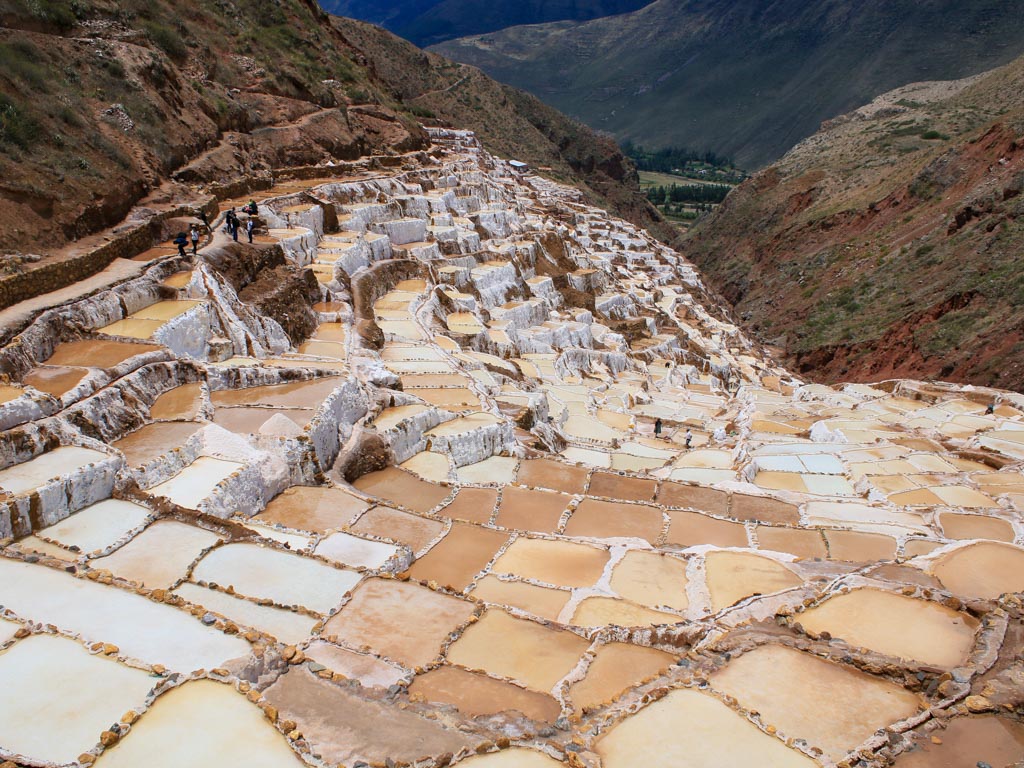
Rainbow Mountain
Contributed by: Ben of Ticket 4 Two Please. You can also find him on Instagram.
Rainbow Mountain, a short 3-hour drive from Cusco, has become one of the most popular and rewarding places to visit in Peru. It is located high in the Andean Mountains. Although it has been in situ for thousands of millennia, the incredible colours of the mountain have only been revealed since 2015.
Once covered in a thick layer of Andean snow, Rainbow Mountain has become a popular tourist destination now due to the unfortunate rising temperatures in the area. The snow that once covered the mountain has melted, and revealed a vibrant, colorful exterior that cannot be missed when visiting Peru.
The popular way to experience Rainbow Mountain is by taking the hike from Quesiuno parking lot and gradually meandering your way up to the Rainbow Mountain lookout point.
At an intimidating 5,200 meters above sea level, the altitude can really take its toll on hikers during their trip to Rainbow Mountain. It is important to take the hike slowly and progressively and not over-exert your body. Once you have safely made it to the lookout point, you are greeted by extraordinary views of Rainbow Mountain and the surrounding valley.
The hiking trail, most accessible in the summer, is well-maintained. Although it is tiring, you are rewarded with the spellbinding colors of the adjacent mountain.
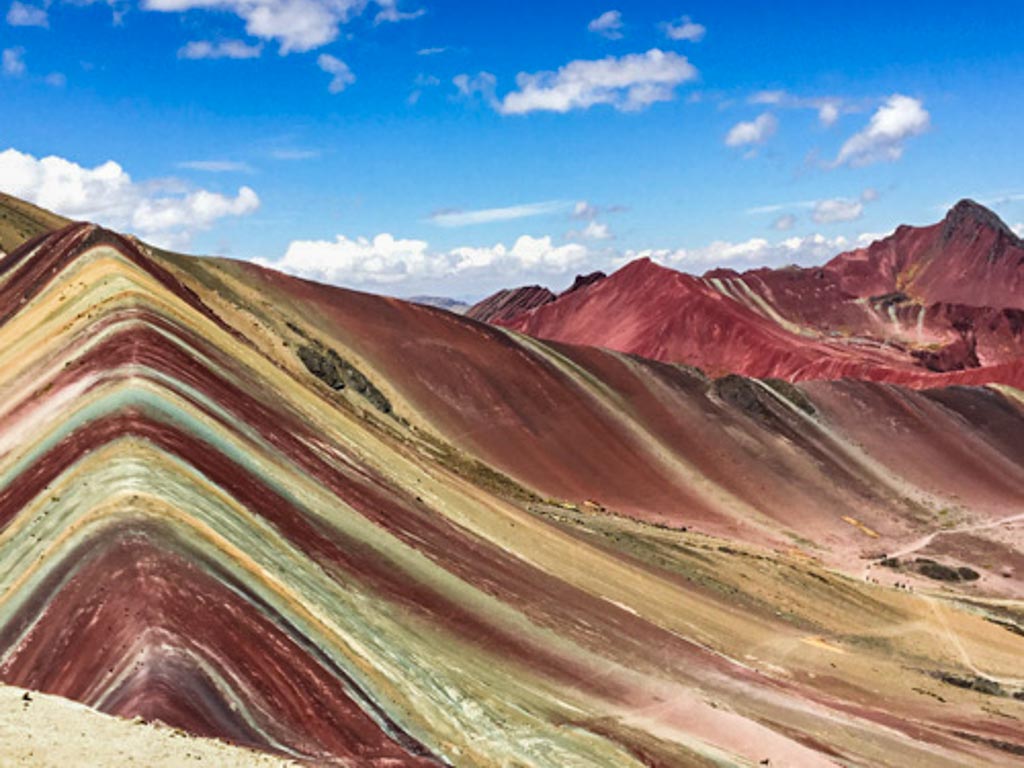
Humantay Lake
Contributed by: Campbell & Alya of Stingy Nomads. You can also find them on Instagram.
Humantay Lake or Laguna Humantay in Spanish is one of the most beautiful places to visit in Peru. The lake is situated in the Andes, at 4,200 meters elevation, about 120 km from Cusco. The mountainous lake is fed by the ice-cold water from the melting glacier. The lake is famous for its incredible color and crystal clear water. The color changes depending on the light and the angle of viewing. It is transparent-turquoise at times and intense blue or emerald green at other times. The scenery around the lake is breathtaking. Rocky mountains, snowy peaks and hanging glaciers surround the stunning Humantay lake.
In pre-hispanic times, the lake used to be a sacred place for the Incas. Shamans used to carry out religious ceremonies and rituals here. Even nowadays local shamans and spiritual travelers come here and leave their offerings for the Pachamama, the Mother Earth goddess in the Incan mythology.
It can be visited as a day trip from Cusco or as a part of the 4-day Salkantay trek. Both the day hike and the multi-day trek start at the small village of Soraypampa that can be reached by bus or van from Cusco. Due to the elevation of the lake, it is recommended to be properly acclimatized before visiting it. The dry season, between May and October, is the best time to visit Humantay Lake.
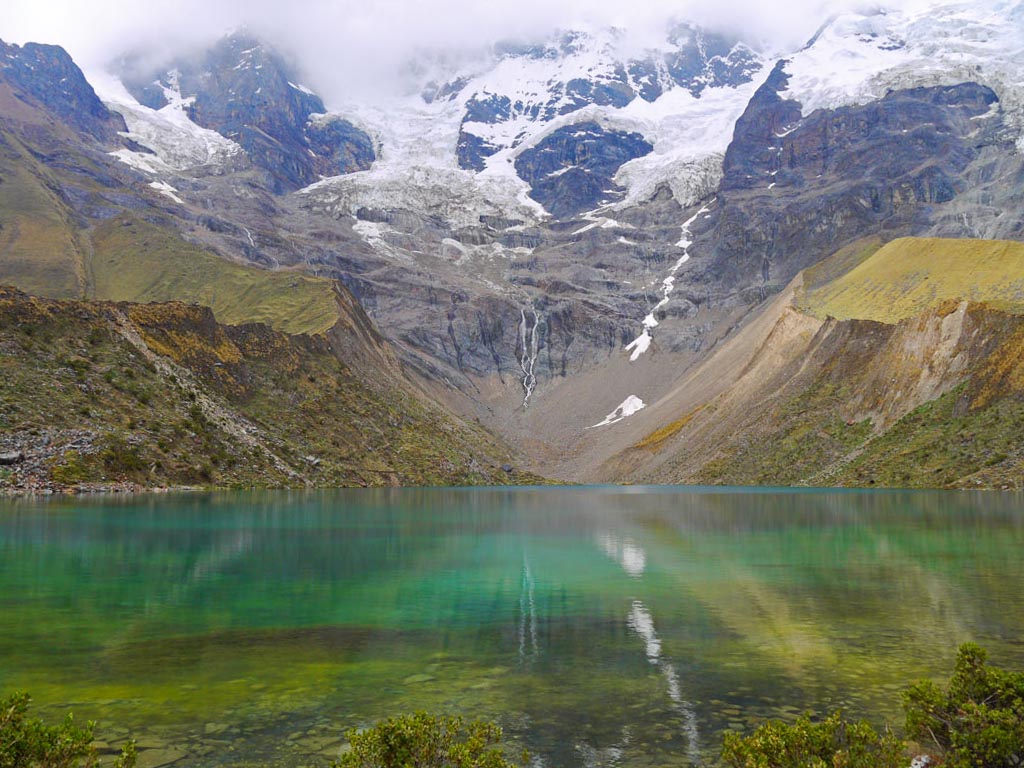
Ausangate
Contributed by: Megs from Packing up the Pieces. You can also find her on Facebook.
Adventure and nature lovers will love visiting Ausangate. This mountain can be seen looming in the backdrop of Cusco, yet the villages that surround the snow covered peak are only a three hour winding bus ride away. This region still remains untouched except for intrepid trekkers looking to take the strenuous 5 day trek around the mighty “Apu,” or Mountain God, Ausangate. It is possible to tack on an additional day and visit the popular and otherworldly Rainbow Mountain without the crowds.
The 6 day Ausangate trek circles around the mountain going over rugged passes, with the trail never really dipping below 4000 meters. Expect to pass by incredible alpine lakes, glacial peaks, thousands of alpacas, and some of Peru’s most boastful scenery. The Ausangate trek begins and ends at two different authentic villages, Upis and Pacchanta. Each village supplies basic, yet soothing hot springs. If you do not feel like completing the circuit, it is possible to do some lovely day hikes from either of the villages and enjoy the comforts of a rustic guesthouse.
The altitude here is intense, so proper acclimation is essential. For safety precautions, it is best to hike Ausangate during the dry season, between April and October. The Ausangate trek is one of Peru’s more challenging treks, but the views, scenery, and diversity will be one of the fondest souvenirs you will cherish.
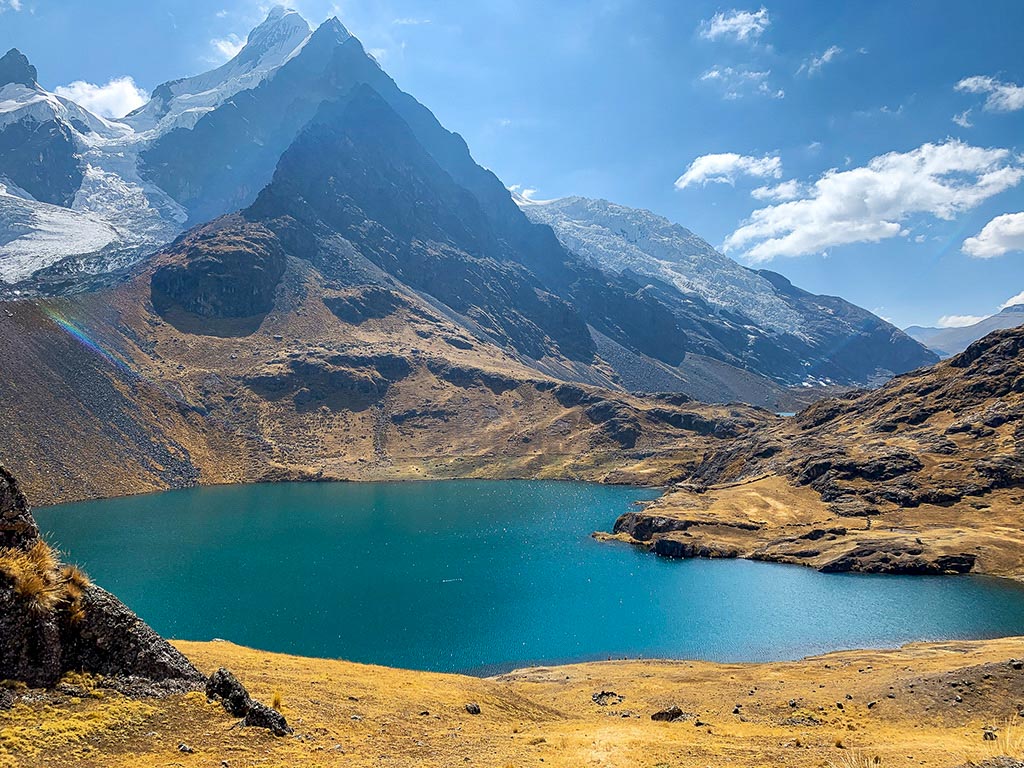
Paracas
Contributed by: Daniel and Ilona of Top Travel Sights. You can also find them on Facebook.
If you like to see wildlife, Paracas is one of the best places to visit in Peru.
Just off the shore of Paracas, you can find the Islas Ballestas. They are often called the “poor man’s Galapagos” for the chances of spotting rich wildlife but for a lower price. Boat tours to the islands last two hours and you are guaranteed to see penguins, sea lions and lots of birds.
In fact, you can see so many birds here that locals regularly harvest their poo, called guano, to use it as fertiliser! In the 19th century, the guano was worth so much that Spain and Peru even fought a war about it.
Besides visiting the Islas Ballestas, you should also plan a trip to the Paracas Peninsula. The national reserve features a unique ecosystem on its desert coast. You will see red and orange beaches, steep cliffs and beautiful rock formations.
The region was once home to the Paracas civilization which lived here more than 2000 years ago. In the Museo de Sitio de la Cultura Paracas Julio C. Tello, you can learn more about them, their culture, and even see their mummies.
The best time to visit Paracas is between December and May, when the days are warmest.
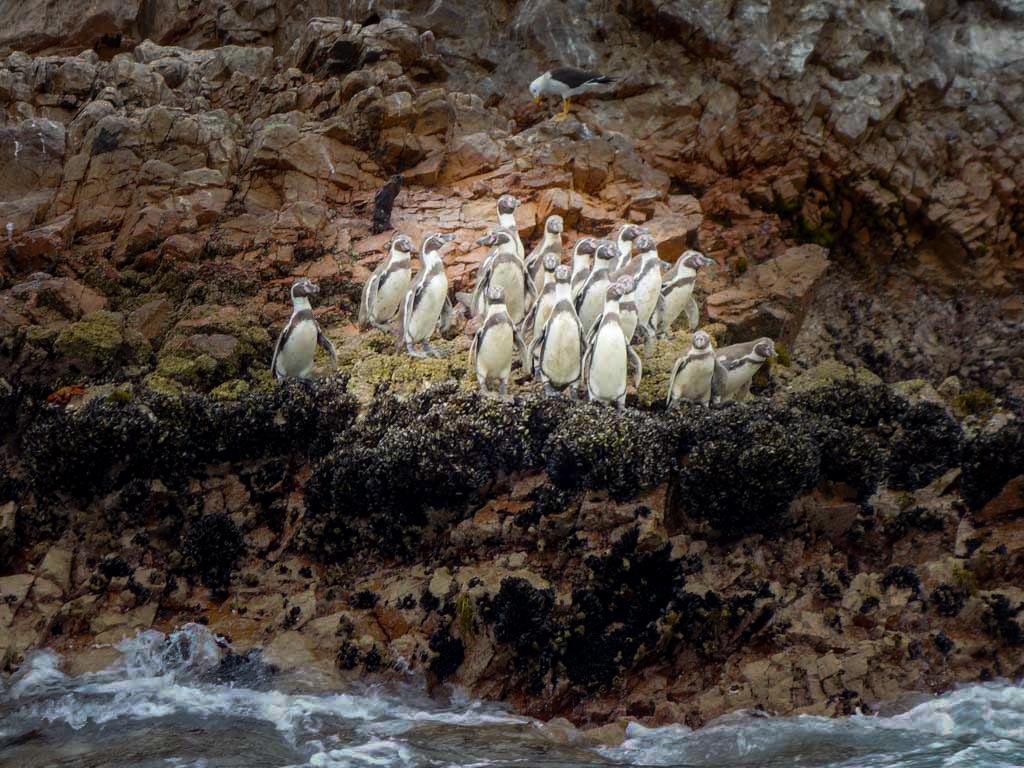
Huacachina
Contributed by: Mal of Raw Mal Roams. You can also find her on Instagram.
Huacachina is probably one of the most unique places you can experience in Peru. It is an oasis surrounded by rolling dunes with a picturesque lake in the middle.
The most convenient way to get here from Lima is to take a Peru Hop bus that stops in the most exciting places. You can either stay in that place for the night and grab the next bus the following day or keep going on the same bus.
But Huacachina is an excellent place to stop for a day or two. The most famous thing to do there is to go boarding on the sand dunes. It is a truly exhilarating experience and often is coupled with a sand buggy ride which is also a lot of fun. Other things to do in Huacachina include paddle-boarding on the lake and having a few drinks at the many bars located by the water.
Watching the sunset from the top of the dunes is also something not to be missed while staying at the oasis. Just climb the dunes until you get a nice panoramic view of the whole built-up area and wait for the lights to be turned on just before the sunset. It is a truly spectacular view.
Nazca Lines
Contributed by: Dani of No Hurry To Get Home. You can also find her on Instagram.
Set in the heart of the Peruvian desert, Nazca is a small town and a must-visit place in Peru to see the famous Nazca Lines. These lines are carved into the desert and are considered the most mysterious group of geoglyphs in the world. Not only are the Nazca Lines unmatched in size (some measure 9 kilometers!), but they are also depictions of the stories and everyday life of ancient Peru.
The best way to see the Nazca Lines is from the air. There is a small airport built especially for helicopters and small planes to take visitors to the sky to be able to see the lines. Aside from that, though, make sure to linger a while longer here, as there are so many more incredible things to do in Nazca after seeing the lines. You can visit an ancient cemetery, slide down a massive sand dune, and visit Cahuachi Pyramids, which are still a bit of a hidden gem and you are very like to get it all to yourself.
You can visit Nazca any time of the year, but the best time to see the Nazca Lines is between November and May.
Further reading: Is it worth the Nazca Line flight?
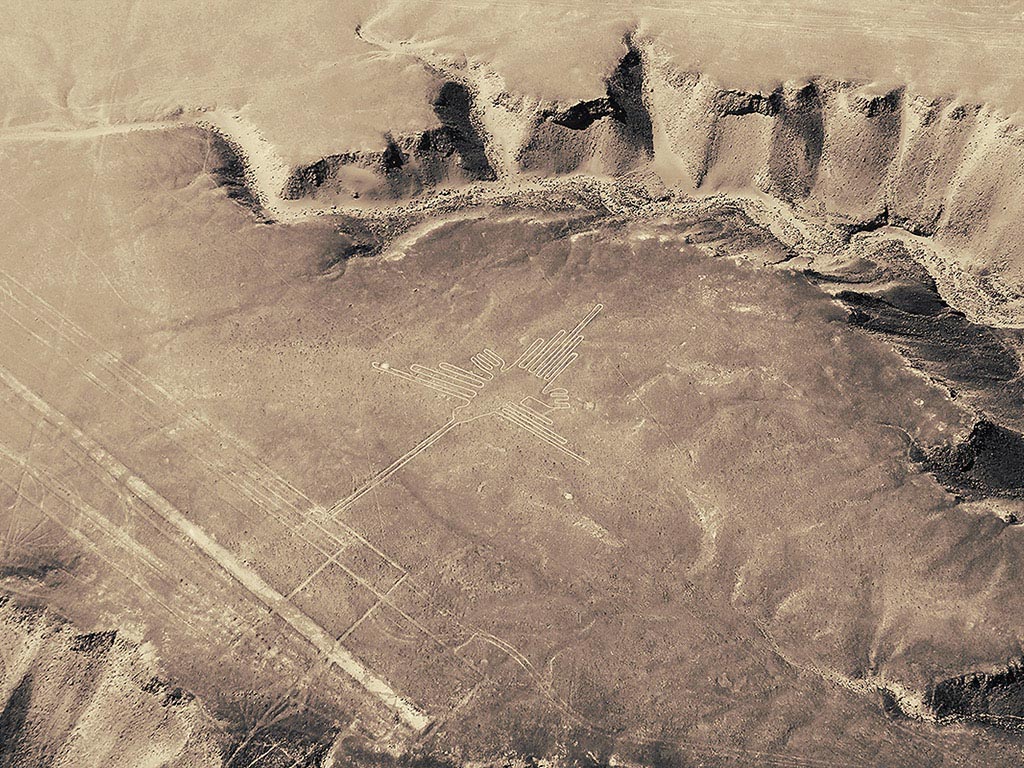
Ica
Contributed by: Sarah of A Social Nomad. You can also find her on Instagram.
Most people visiting the hot spots of Peru will actually pass through Ica when they are en route to Huachachina, the oasis in Peru’s desert. But stop off in Ica and you will get to experience one of the best places in Peru. This is where Peru’s wine and Pisco industry is centered. Tasting wine and Pisco here is something that you definitely should try while visiting Peru as there has been wine making here since the Spanish colonized the country.
Pisco is the liquor made from distilled grape brandy. However, it is the wine you should try here. This is a small industry and it is primarily made for the domestic market, so this might be the only chance you ever get to try Peruvian wine!
Ica is the best place to start a wine tasting tour – Bodegas Vista Alegre and Bodegas Lazo are two of the bodegas where you can take a free wine tour and you will get tastings of wine and Pisco. However, by far the best place to head for Peruvian wine tasting is Tacama. A tour, given in Spanish and English, will give you a fabulous overview of not just wine making in general but the uniqueness of the Peruvian wine market.
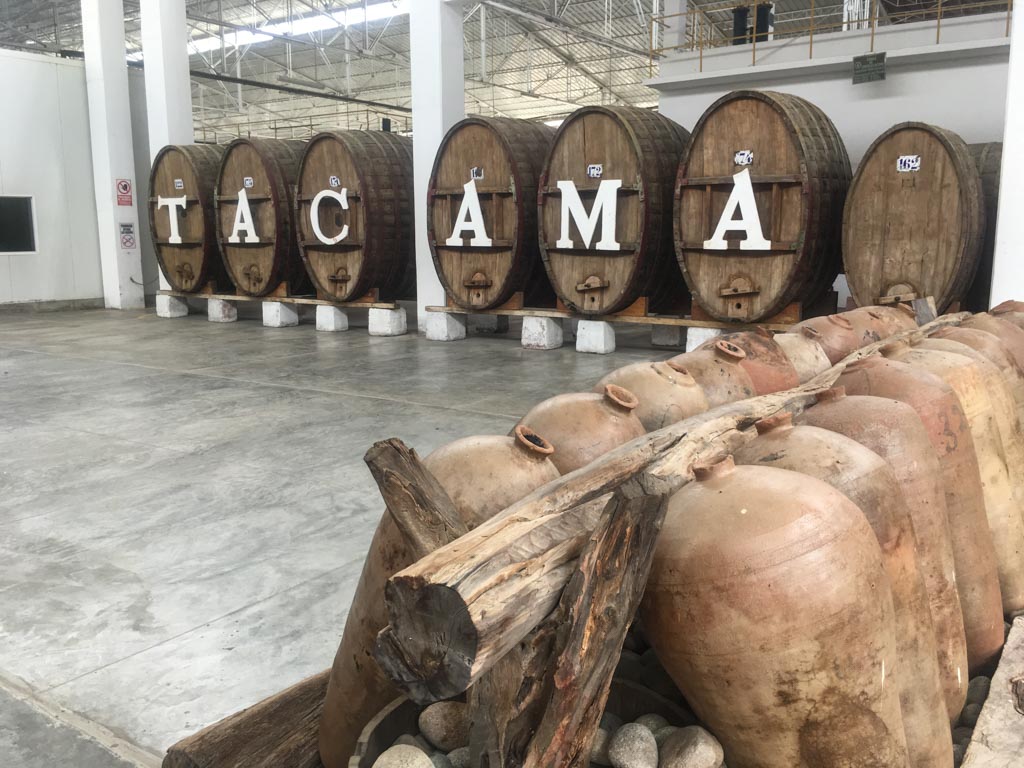
Iquitos and the Amazon
Contributed by: Daniel and Ilona of Top Travel Sights. You can also find them on Facebook.
Iquitos and the Amazon jungle are among the best places to visit in Peru.
Iquitos is the largest city in the world without road access, which means you have to take a plane from Lima to get here. It is worth visiting for its market, where you can try exotic Peruvian food that you cannot find in the rest of the country.
Another great stop in Iquitos is the Manatee Rescue Centre. Here, you can see the rehabilitation of all kinds of wild animals, not just manatees, that have been mistreated by humans or were once kept as pets.
The main reason why travelers fly to Iquitos, though, is to go on a jungle tour. You can find many lodges close to the city, only accessible by boat. Many offer multi-day packages, which include excursions into the jungle.
If you stay here, you will spend your days cruising along the Amazon in a boat, looking out for wildlife. With a bit of luck, you can spot pink river dolphins, sloths or even anteaters. You might also have the chance of visiting a local community, where you can learn more about the locals’ traditional way of life.
You can visit Iquitos all year long. The wet season lasts from November to May and the dry season from June to October, although you are likely to experience rain all year round.
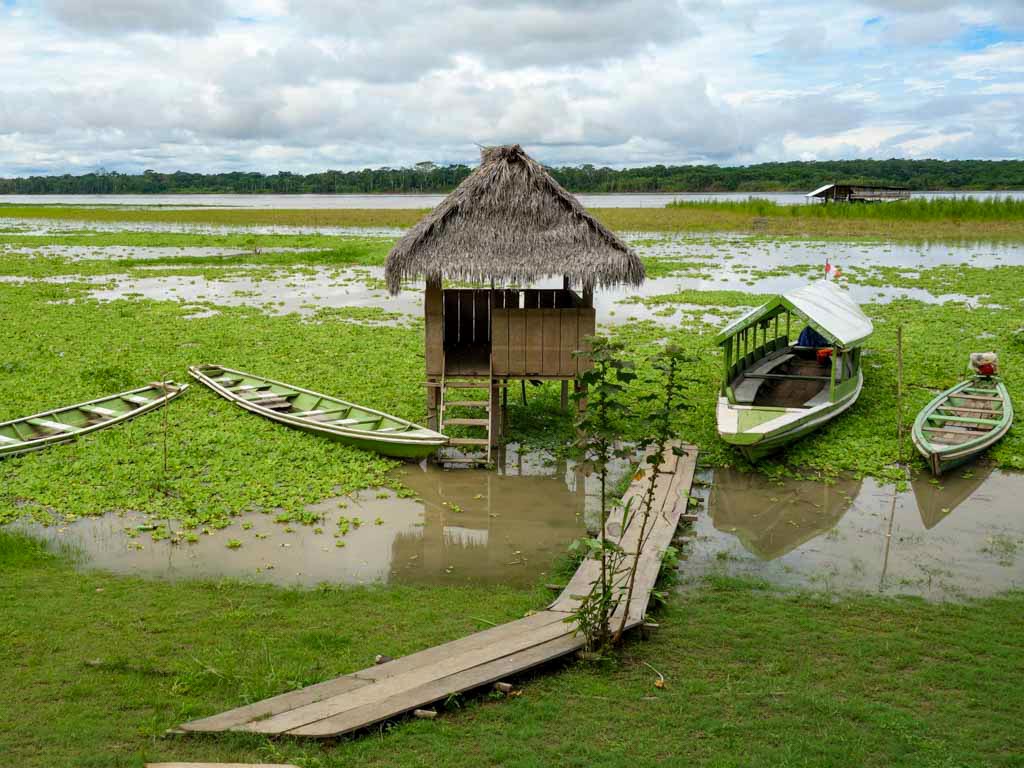
Arequipa
Contributed by: Sarah of Moment Mom. You can also find her on Instagram.
Arequipa, situated in southern Peru, is known as the “White City” because of the white volcanic stone dominating its architecture. Visiting Arequipa allows you to explore different historic areas, each representing a different time in Peru’s history.
Ringed by three volcanoes, the white stone of its buildings will be the first thing you notice in the main square. One of the best examples, and a definite must-see is La Igelesia de la Compañia. Developed in the baroque style in the 17th century, its architecture and carvings are made of the white volcanic stone.
Heading back to ancient Incan times, another must-do in Arequipa is a visit to the Museo Santuarios Andinos. Housed inside is the Lady of Ampato, Jaunita. At age 15, Juanita was led into the mountains where she was sacrificed to the Incan gods. Her discovery in 1995 was named one of the top 10 discoveries by Time Magazine.
Finally, the Santa Catalina Monastery is a little city unto itself. Operating since 1579, the monastery mainly housed women from upper class Spanish families. Exploring their rooms gives a very unique perspective on the history of the times.
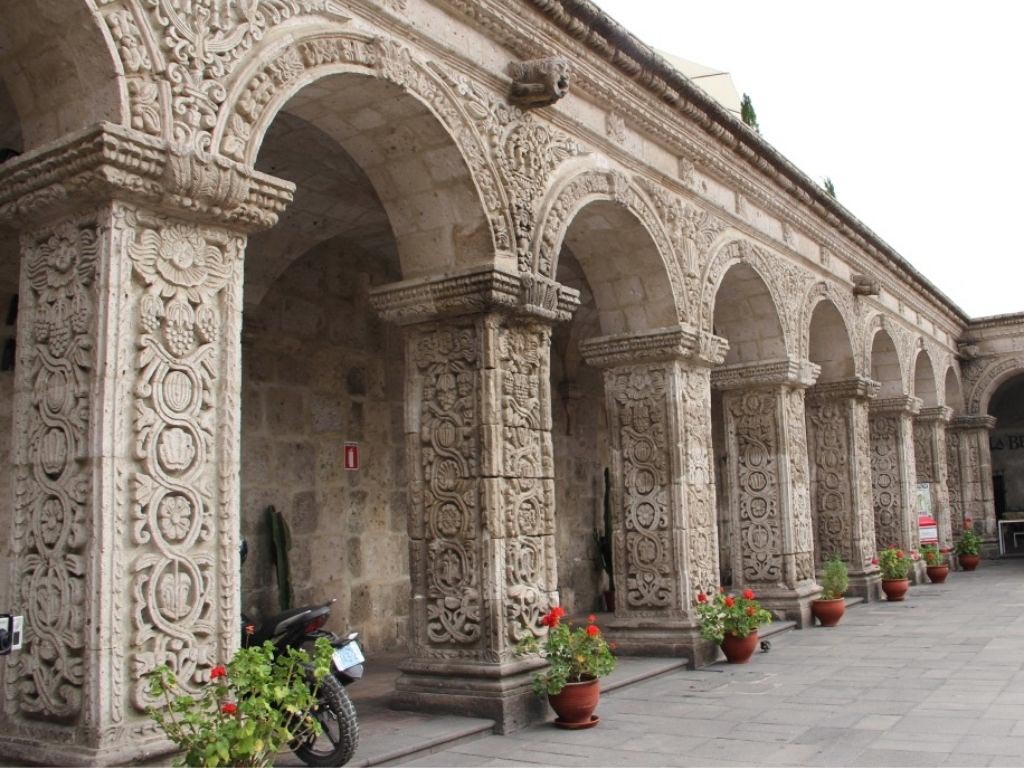
Colca Canyon
Contributed by: Ellis of Backpack Adventures. You can also find her on Instagram.
The Colca Canyon in Peru is one of the deepest canyons in the world. It is, for example, twice as deep as the more famous grand canyon. The canyon offers breathtaking views and outstanding landscapes. It is the perfect combination of nature, adventure and culture that makes it one of the best places to visit in Peru.
The best way to get a grasp on its size is by hiking in and out of the canyon. The Colca Canyon trek is not easy. It involves steep climbs and descents, but the views will reward you every step you take.
In the Colca Canyon you have a good chance to see the Andean Condor, one of the biggest birds in the world. At the Condor Viewpoint you can see the birds up close as they fly through the valley while looking for food. With a wingspan of more than 3 meters, Andean Condors an impressive sight to behold.
Besides natural beauty, you will also get a taste of local culture in Colca Canyon. The area is dotted with villages where people still wear colorful traditional clothes. Some villages have beautiful colonial churches. Although you can visit the Colca Canyon as a day trip from Arequipa I would recommend staying at least one or two nights in one of these towns.
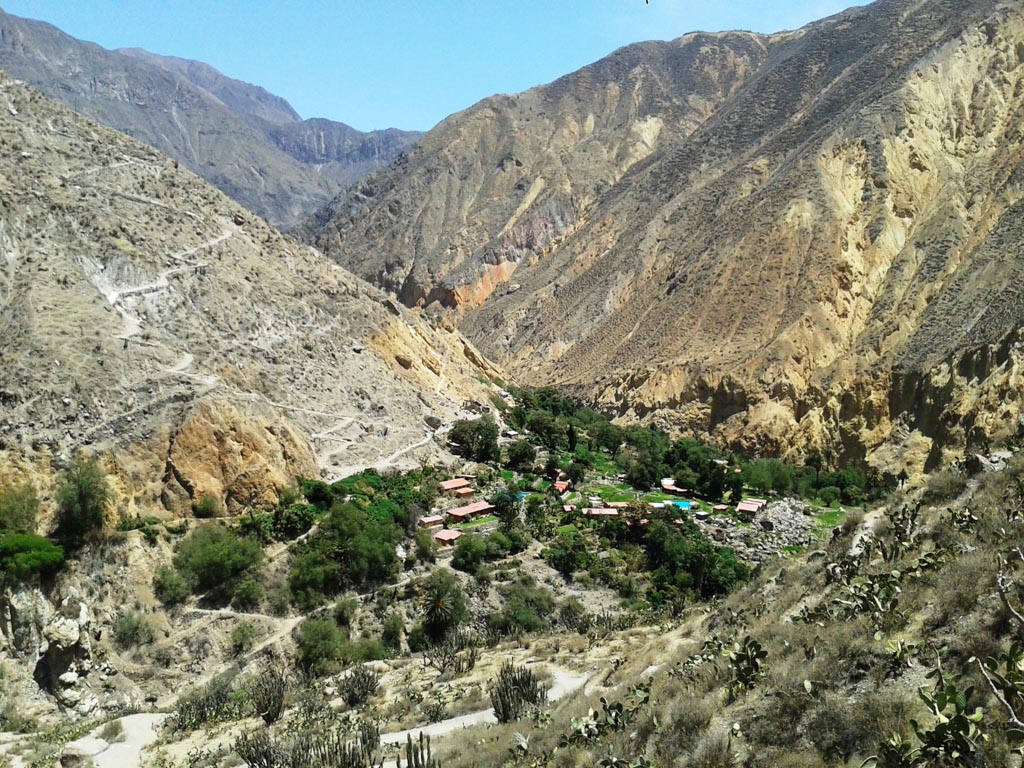
Huaraz
Contributed by: Daniel Caracciolo of Destinationless Travel. You can also find him on Instagram.
Without a doubt, Huaraz is one of the most magnificent places to visit in Peru. For hikers, it is simply paradise on earth because of its location deep in the Andes Mountain Range.
The famous range the Cordillera Blanca is the true highlight and the most famous hike is Laguna 69. Although only a day hike, the trail is considered hard because of the altitude and grueling climb to the blue lake. All that hard work is worth it though.
For the more serious hiker, the world-famous Santa Cruz trek is a great option. Completed over 3 days, the trail is out of this world when it comes to epic views.
If you want an even harder trail to test yourself on, the Huayhuash located in the Cordillera Huayhuash is the true challenge. Completed over 8 to 12 days the trail traverses 10 mountain passes with a top altitude of 5100 meters. To date, it is the hardest hike I have completed but highlights such as the Tres Lagunas made it all worth it.
All the trails above can be done guided and unguided and need to be booked in the town of Huaraz.
Huaraz, Peru is a town for hikers and outdoor lovers and the above trails are just some of the epic hikes of the region.
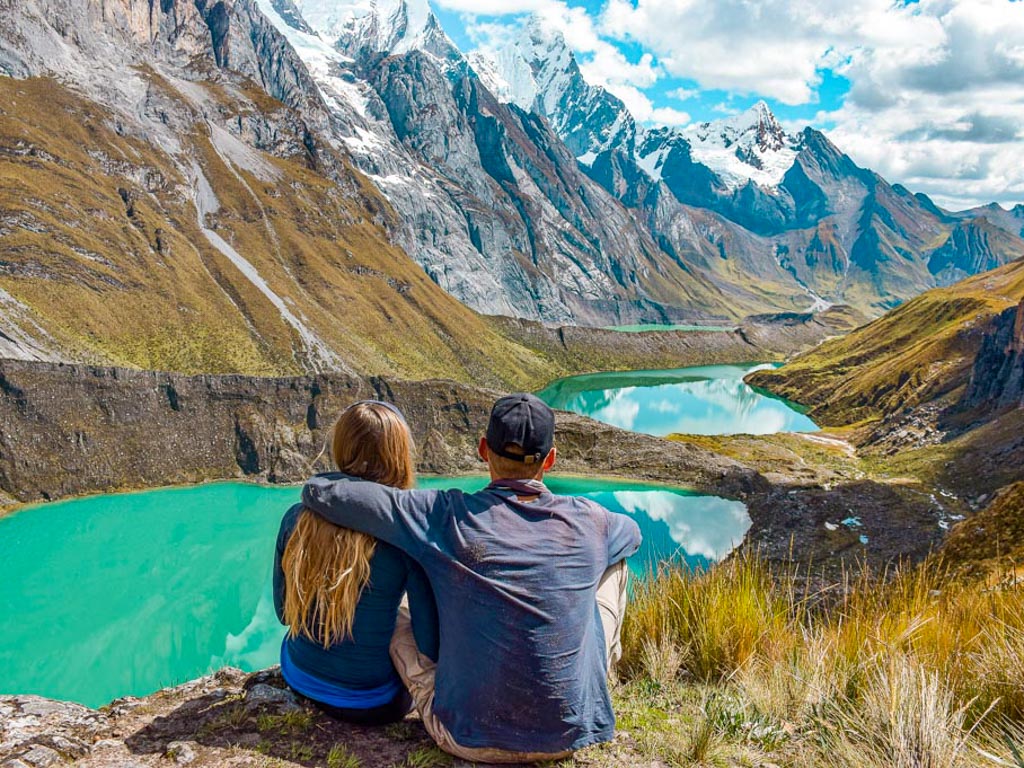
Marcahuasi
Contributed by: Claudia Tavani of My Adventures Across The World. You can also find her on Instagram.
Talk about the best places to visit in Peru, and chances are nobody ever mentions Marcahuasi. This is the kind of place you should go to if you really want to get off the beaten path, and immerse yourself in an atmosphere that is still predominantly local.
Marcahuasi is a site of figures carved in rocks located at around 4000 meters above sea level and can be reached on a hike that departs from San Pedro de Casta. The trail is easy to follow, but you will not find anything in terms of tourist services. Debate is still ongoing as to whether Marcahuasi was man made or, more likely, a result of erosion. Either way, it is a mighty sight and the fact will have it completely to yourself makes it even more special.
Plan Your Hike
Make sure to leave no later than 6:00 am for your hike, as it normally starts raining between 12:00 noon and 2:00 pm.
Getting to the starting point for visiting Marcahuasi, San Pedro de Casta at around 100 km from Lima is a bit challenging. This cannot be done as a day trip. You need to factor in at least 2 days. From the center of Lima, hop on a colectivo (shared taxi/van) that will take you to the bus stop where the colectivos for Chosica stop by. Once in Chosica, hop on a bus to San Pedro de Casta. Buses depart once a day, no later than 9:00 am. So make your way really early. The bus will take roughly 3 hours to drive the 42 km to San Pedro de Casta, as the road conditions are poor, but the view makes the journey totally worth it.
Once in San Pedro de Casta, register yourself at the Tourist Office. Do not worry about finding it. Tourists are such a rare sight here that locals will spot you the minute you get off the bus and will happily take you to the office. Once you are done, make your way to the only accommodation option there, the Ospedaje Municipal. This is very basic. Make sure you bring enough layers and possibly even a sleeping bag as it gets terribly cold at night.
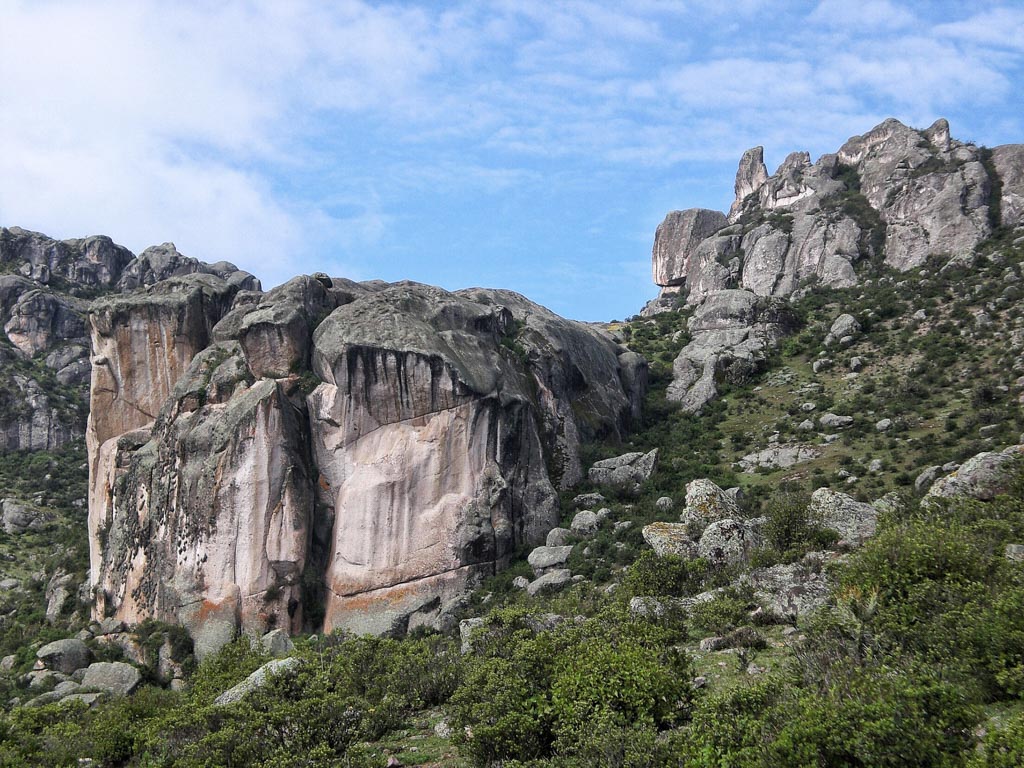
Apurimac
Contributed by: James Ian of Travel Collecting. You can also find him on Pinterest.
In Quechua the name “Apurimac” means “Where Gods Speak”. It is named so because of all the towering mountain peaks reaching for the Gods. It is a mountainous region in the heart of the Peruvian Andes that is off the main tourist track, but well worth a visit.
There are several fascinating archeological sites. Highlights include the enigmatic Saywite Stone, a huge rock with intricate carvings of animals, birds, people and geometric shapes probably craved by the Incas, and Sondor. Sondor is an archaeological site of a settlement that was originally started by the Chincas and then subsequently conquered by the Incas. Today, there are pyramidal stone terraces and ruins of buildings to explore.
Natural attractions in Apurimac include Pampachiri Stone Forest, with conical shaped natural stone formations, and Laguna Pacucha, one of the most beautiful lakes in Peru. This is a great place to take a boat trip, go horseback riding or cycle around the lake shore.
A highlight of a visit to Apurimac is a white-water rafting trip on the Apurimac River. Three-day trips go through the Black Canyon, twice as deep as the Grand Canyon in the US. With Class IV and V rapids, this is not for the faint-of-heart, but for those who like an adrenaline-pumping adventure, this is the trip of a lifetime. In fact, it is considered one of the top ten rafting experiences in the world! Trips can be easily arranged in Cusco.
After all that adventure, the perfect remedy is soaking in the hot springs at Connoc just outside Curahuasi.
The best time to visit is between late May and October.
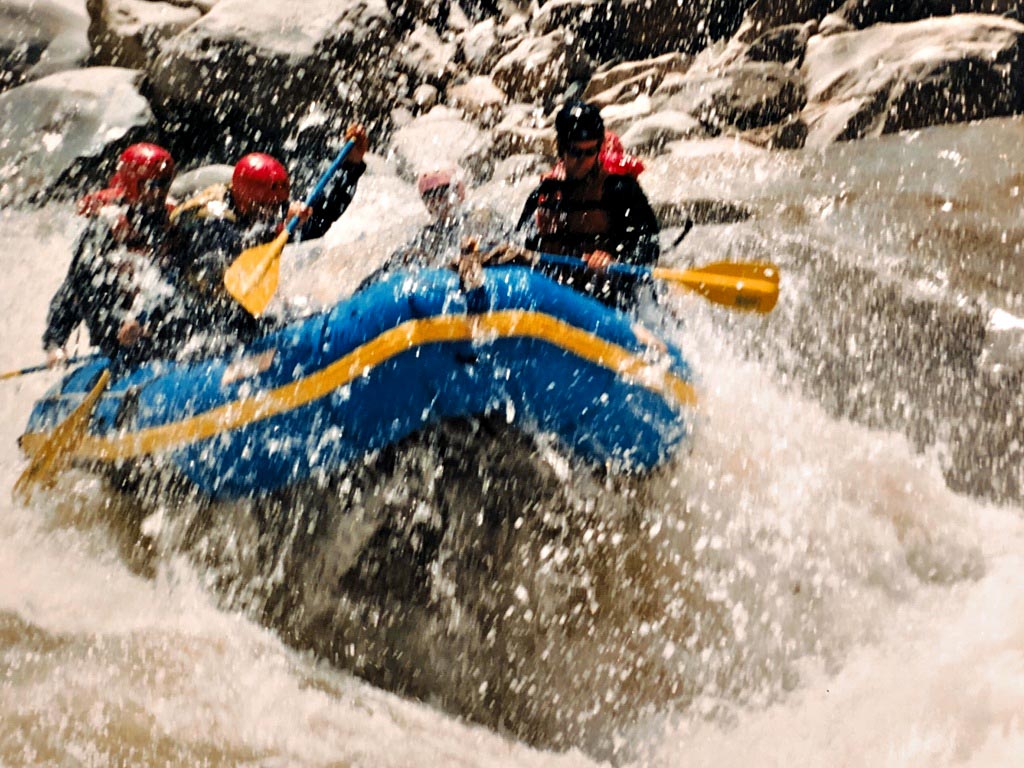
Lima
Contributed by: Sean Lau of Living Out Lau. You can also find him on Instagram.
No Peru trip is complete without a visit to Lima, the capital of Peru. Originally named as the “City of Kings”, Lima was the most important city of the Spanish dominions in South America. In fact, its historic center is one of the proud UNESCO Heritage Sites around now. Nowadays, Lima is the perfect balance between modern Peru and historical Peru. Explore Lima’s historic center and you will find old cathedrals, palaces, plazas and other significant landmarks and monuments.
When you are done learning about its history, head over to the beautiful neighborhoods of Miraflores and Barranco. These tourist-friendly neighborhoods are located adjacent to the malecon, a promenade above the dramatic cliffs of Lima, and take in the sweeping views of the Pacific Ocean. The malecon is undeniably one of the best attractions in Miraflores and Barranco.
When you are feeling peckish, try out some of the best Peruvian dishes in Lima. Lima is home to 2 of the top 50 best restaurants in the world: Central and Maido. If there is a dish you must try in Lima, it is Peru’s national dish, the Peruvian ceviche. Using Peru’s superb limes and fresh fish straight from the Pacific Ocean, the ceviche in Lima is the best in Peru, if not one of the best in the world.
The best time to visit Lima is around December, when Peru is in its summer and the temperatures are warm.
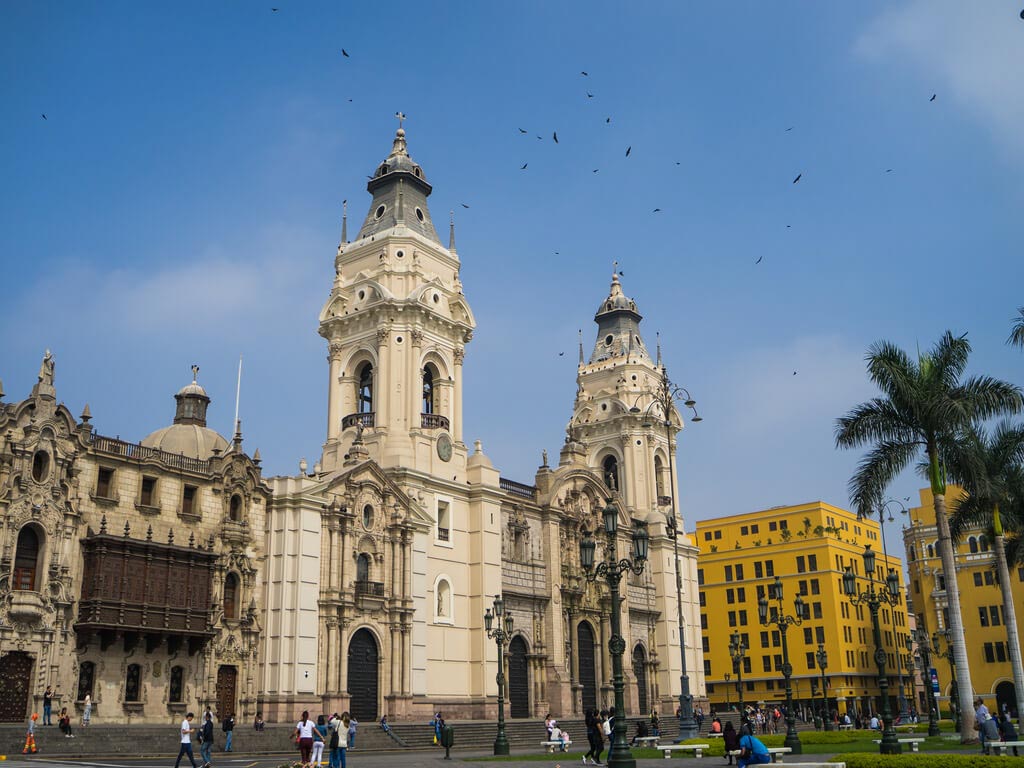
Other stories on Peru:
- Peruvian Gastronomy: Must try food and beverages in Peru
- Ballestas Islands: A photo story on the rich wildlife of Ballestas Islands
- Peru and India: Personal anecdotes on the similarities between Peru and India
Like the post? Pin it!


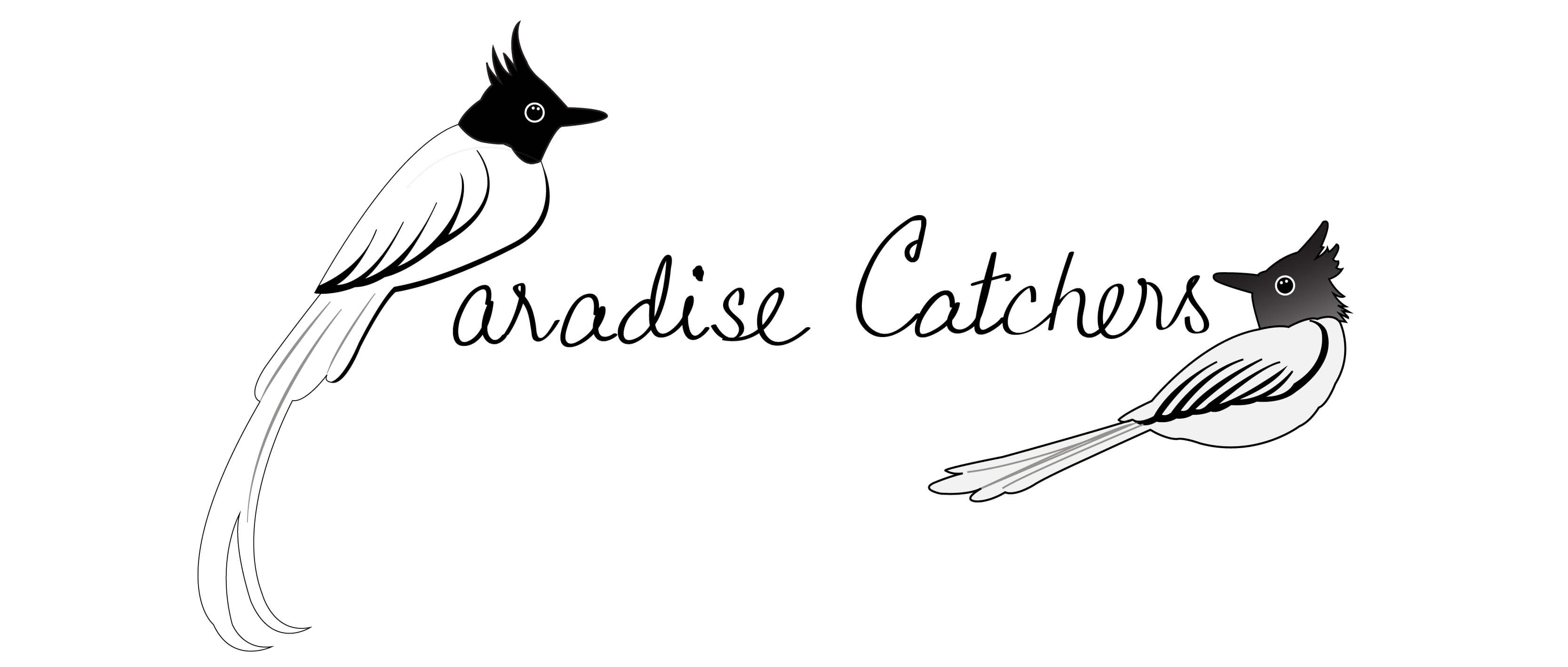
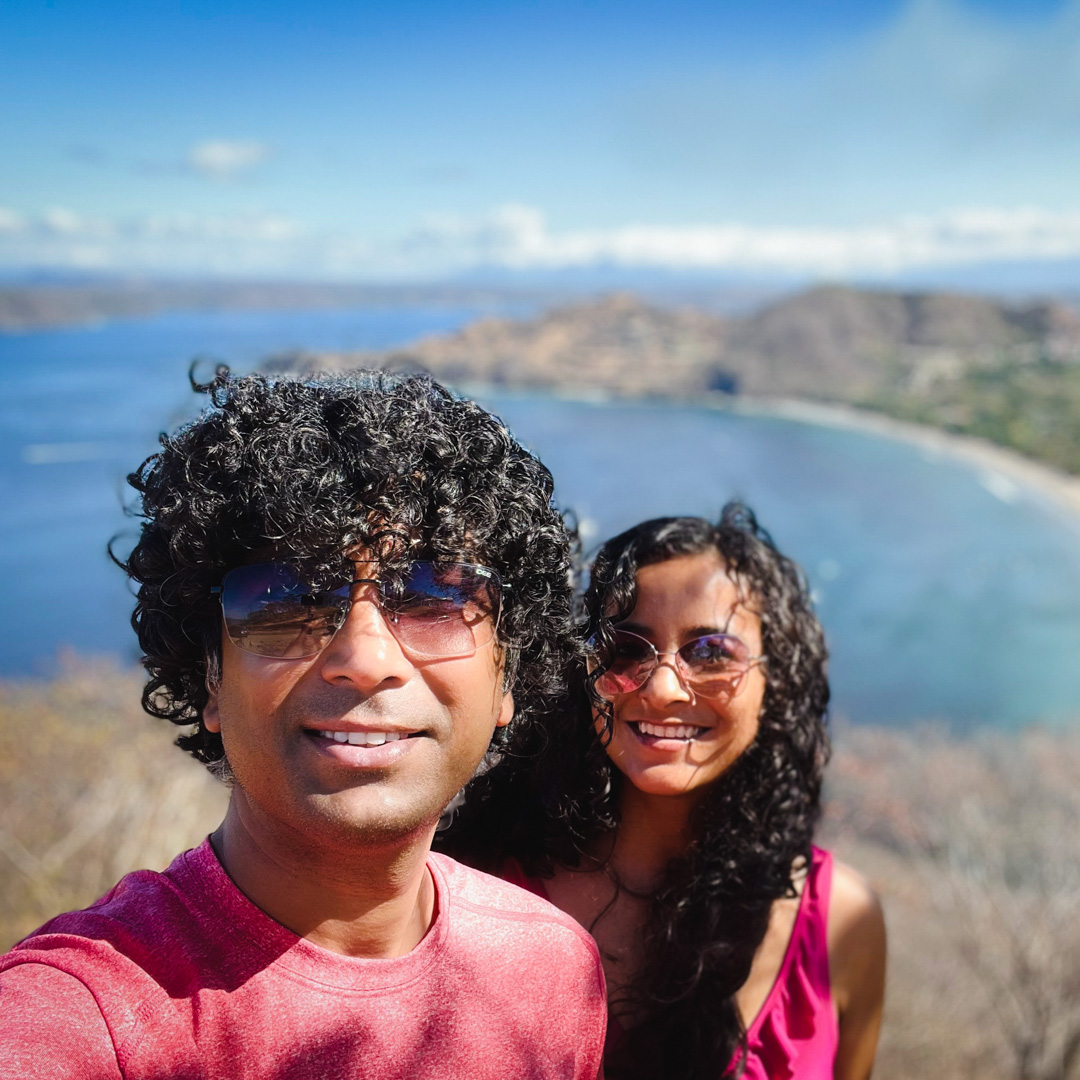
Peru is one of my top destinations in the whole world – The food, the landscape, the people, and the history make this country one of the most fascinating places and a must-visit. Thanks for sharing this great post!
Same here Paula 🙂 Peru is an excellent destination. Thanks for your contribution to this post.